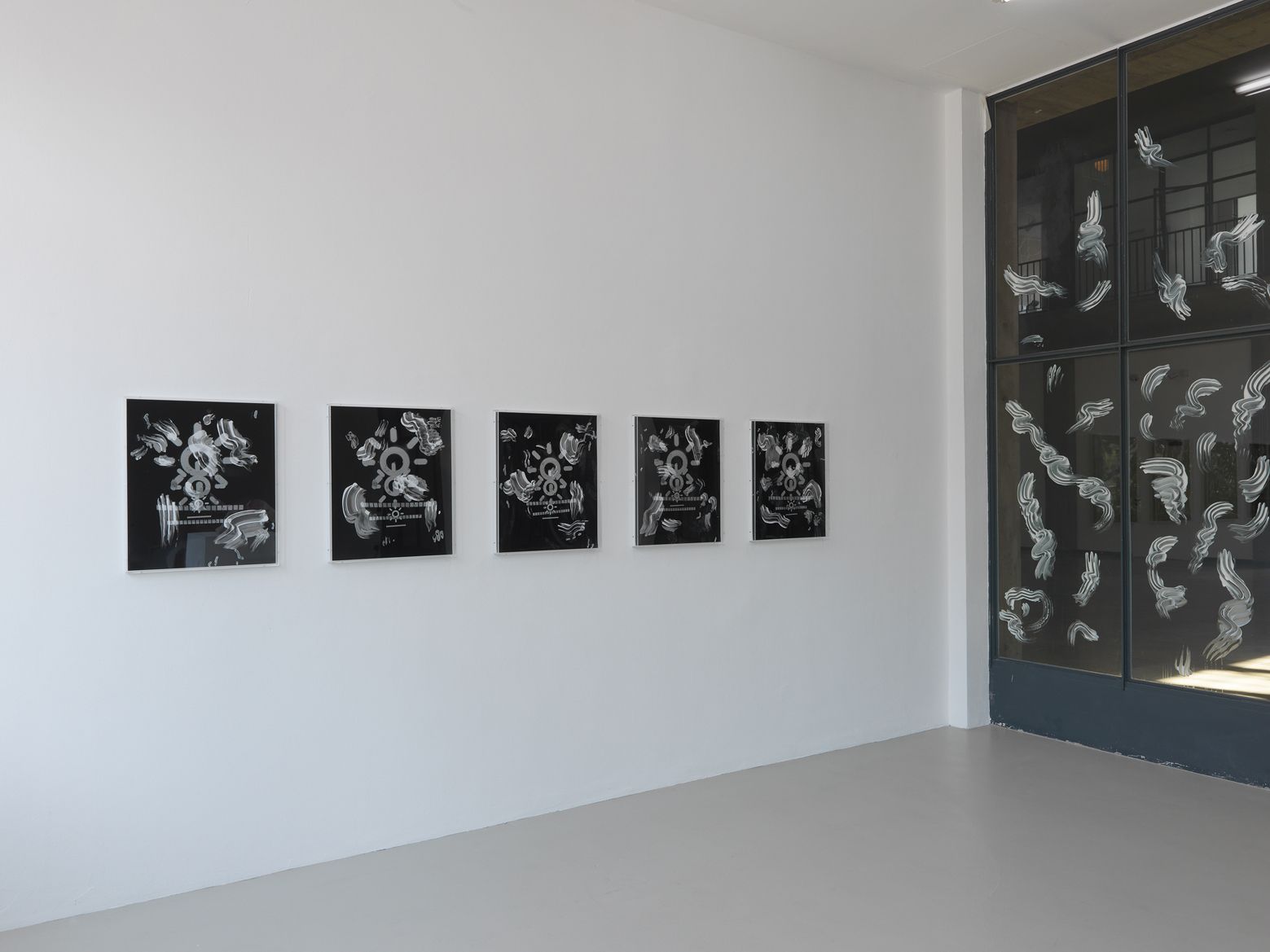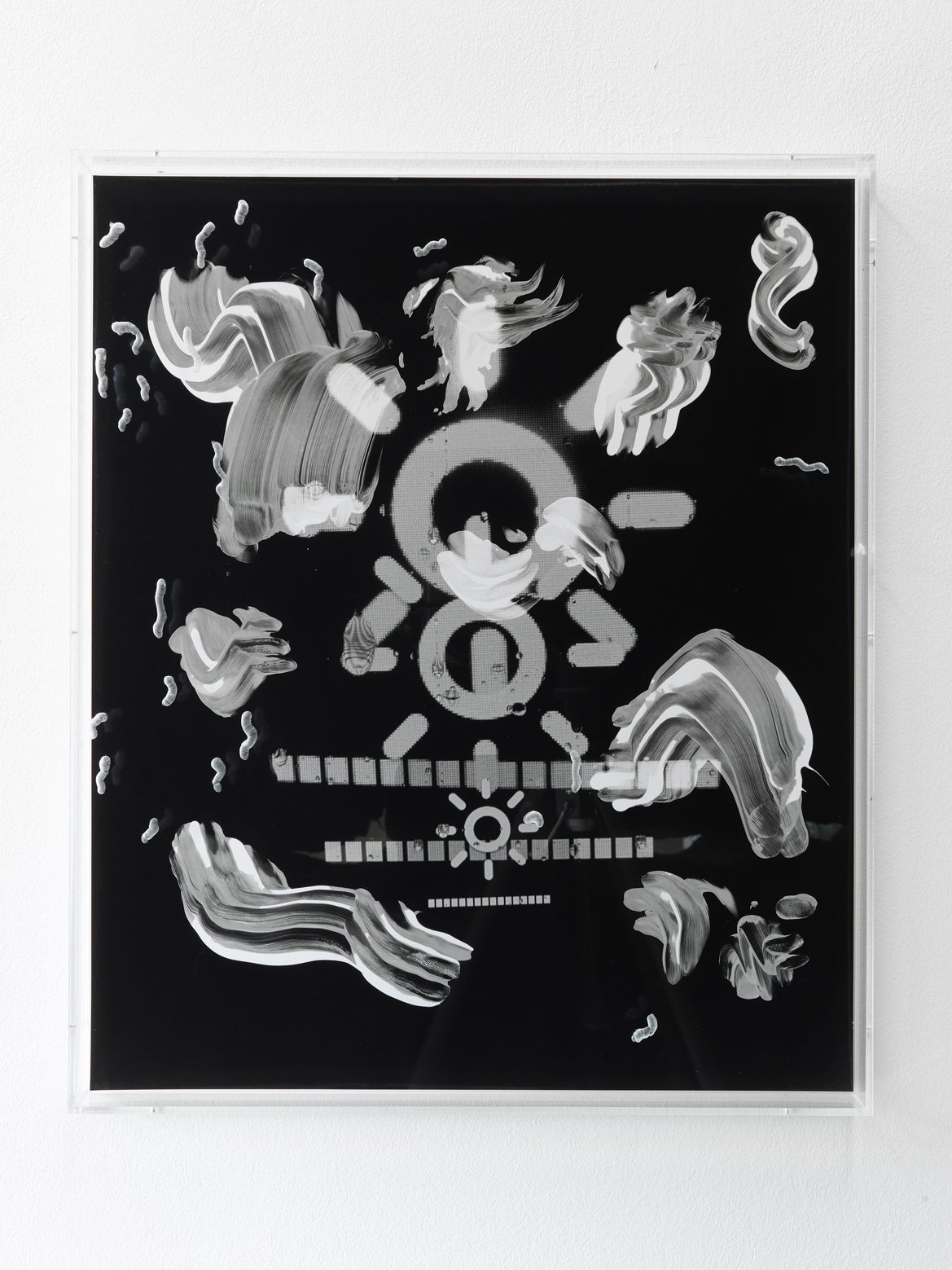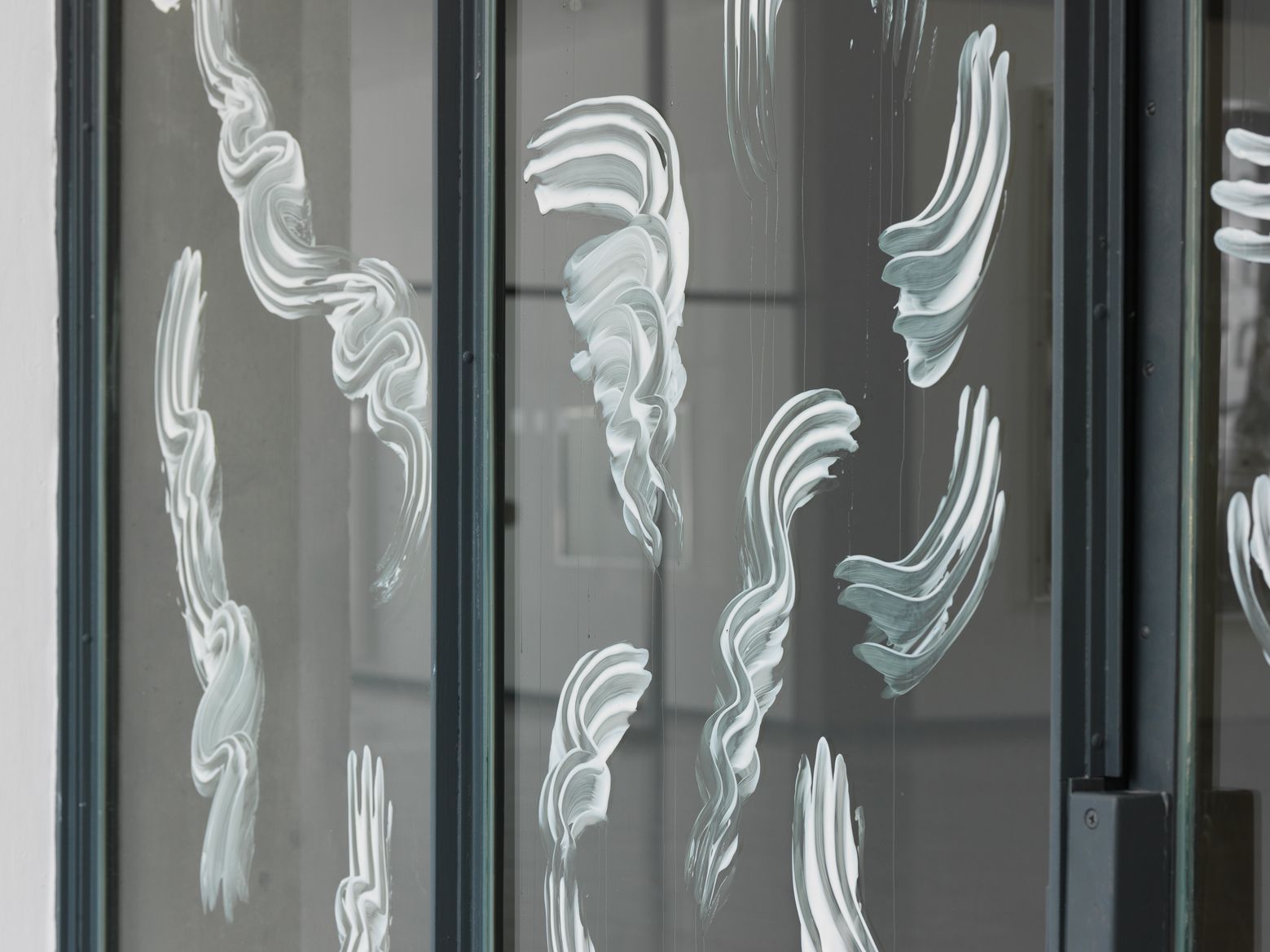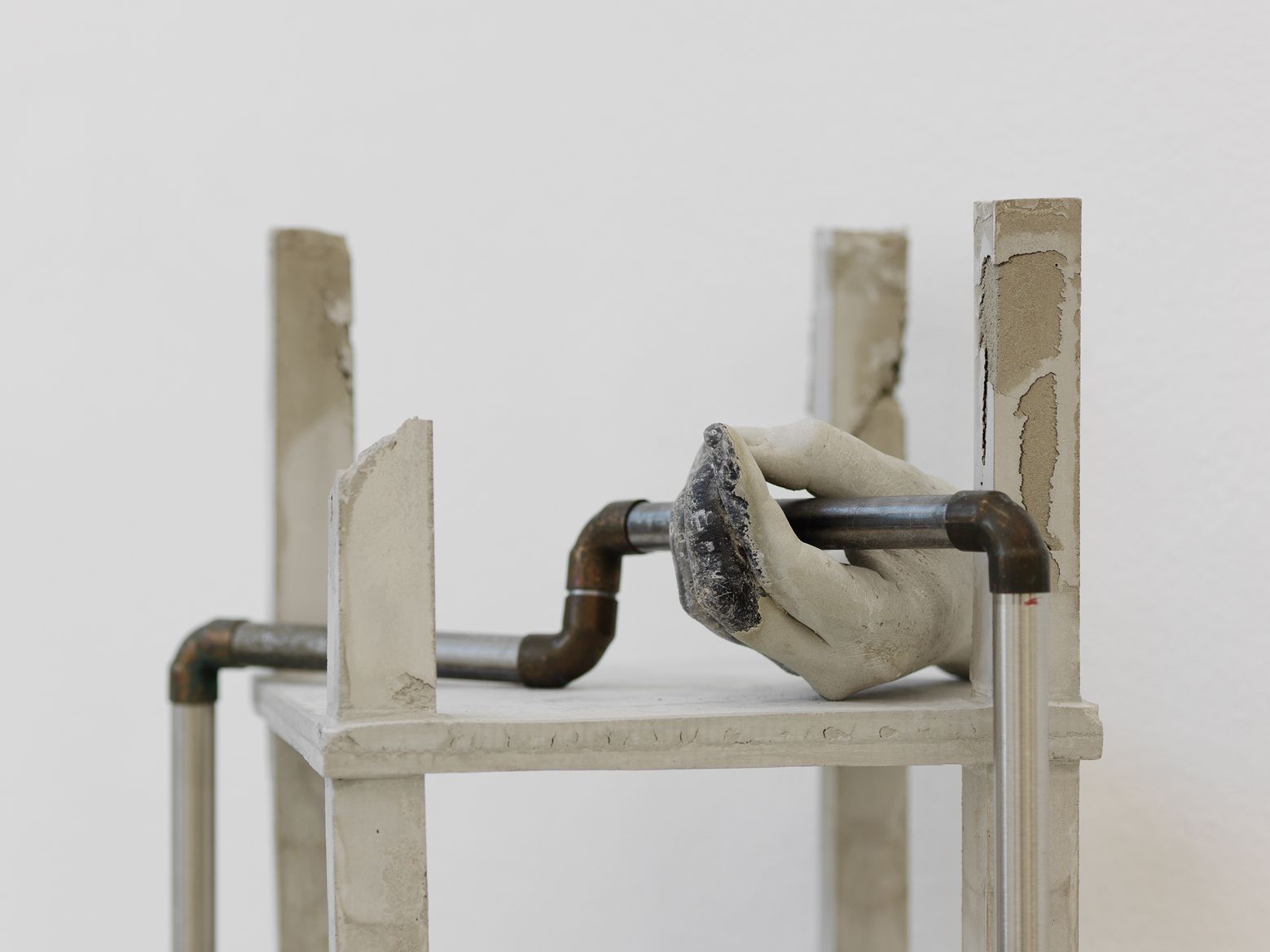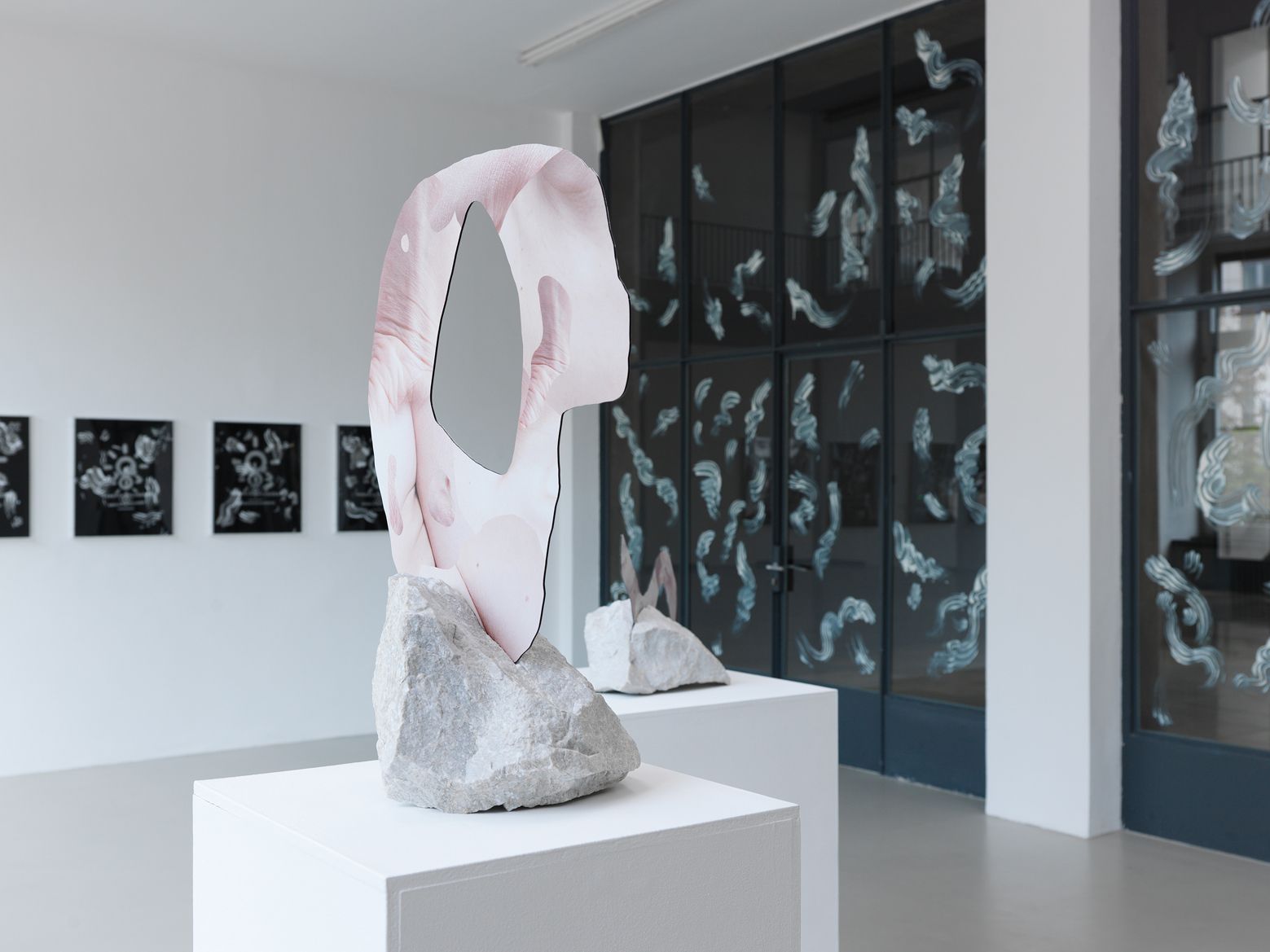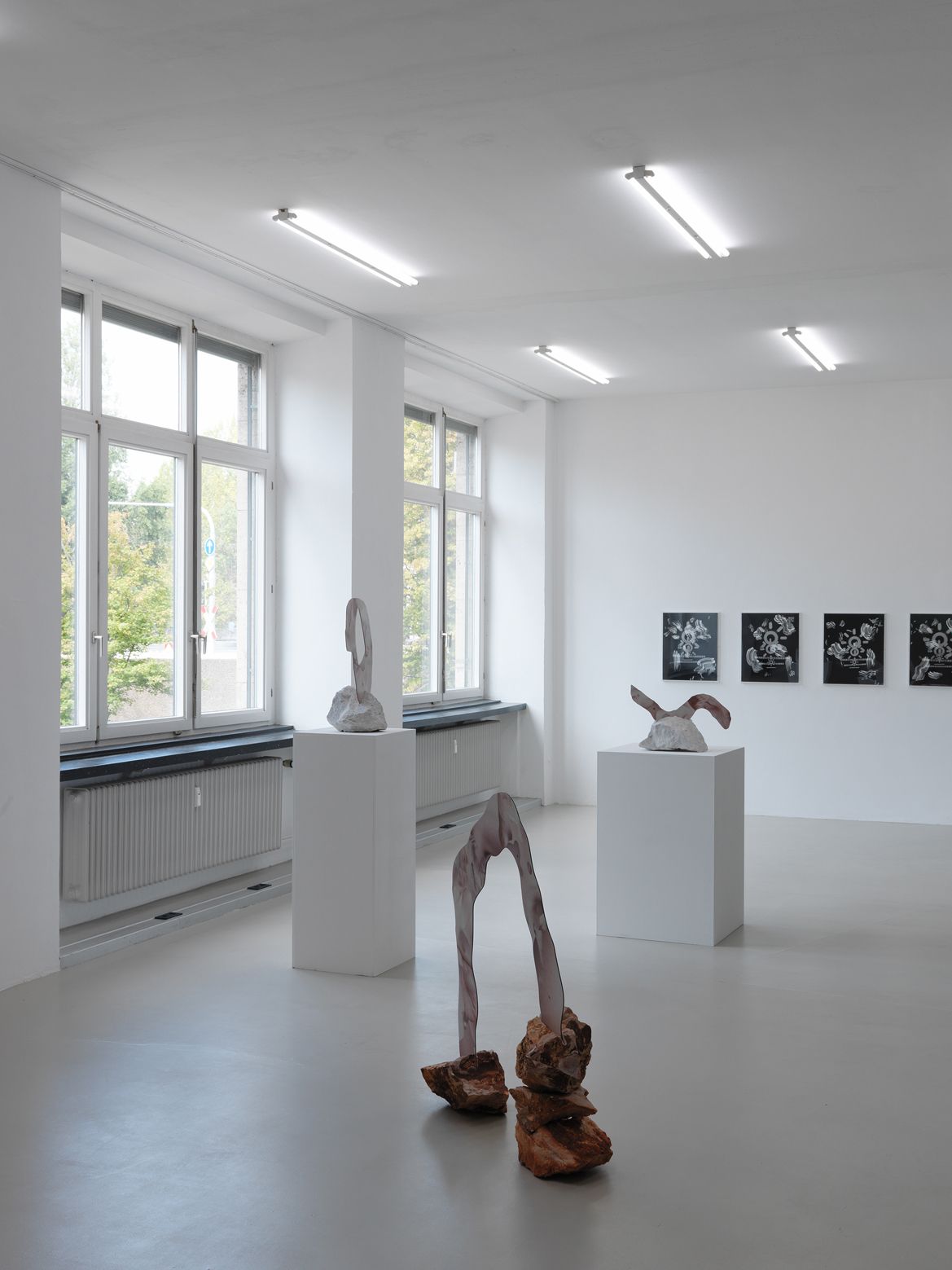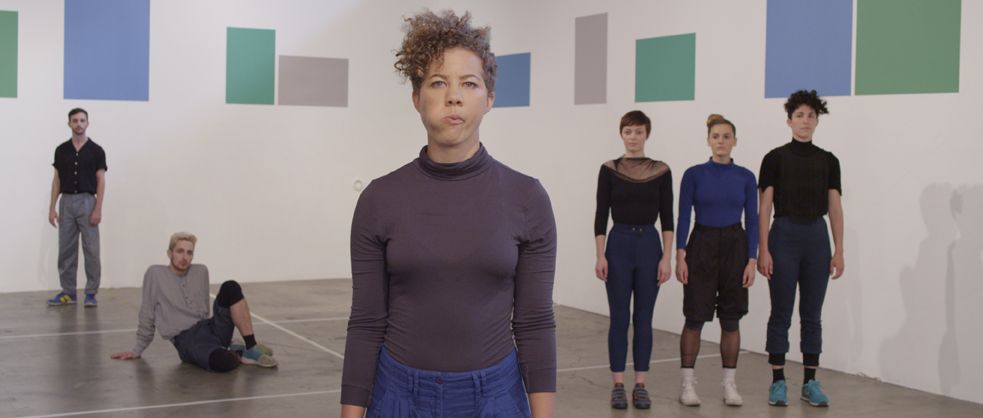The exhibition Gestures of Tomorrow at the Kunstverein Nürnberg, curated by Judith Grobe, brings together five artists who trace the effects and counter-effects of the human body on its surroundings. Although the exhibition focuses on technology and a temporal figure of tomorrow, beyond, or future, the context of our time in which ecology and the role of human beings in a so-called “anthropocene” are becoming ever more urgent, the future becomes fused with a primordial and historical trace. We have entered a geological and biological era in which the impact of human beings creates a scientifically non-negligible impact on the planet’s biosphere and chemical composition. The pivotal position of the identity and responsibility of the human extends out of socially-constructed ecosystems and into a reciprocal balance between nature, technology, and co-habitation.
The skin is our largest organ. It is a porous boundary, a layer, a connection to the world outside – both natural and man-made. The concept of contact and the causality of forces relate to contact between objects and their respective skins. Thinking about technology, user interfaces, social interactions, and ideas of making (the symbiotic design of contact-systems with our environment) develops our worldview and our psyche. In the exhibition Gestures of Tomorrow, Norwegian artist Sandra Vaka Olsen presents a series of works titled Sunscreampill along with an installation made specifically for the Kunstverein. Her work traces the contact of the human body on surfaces through chemical reactions. A photographic series is made by applying sunscreen to photo-sensitive paper. The way in which the cream protects the human body from solar radiation also affects the transfer of light during the chemical photographic process of development. The sharing of chemical properties between the body and the outside world highlights an interconnectedness with the chemical properties that tie physical bodies to everything around us as well as the importance of the body in mark-making.
The installation by Vaka Olsen in the Kunstverein is a large-scale intervention on the glass panes that separate the space of the exhibition from the corridor. With the application of sunscreen to the glass, the space is protected and intimate as the glass has been transformed into an artificial skin; a container, that also blocks sunlight from penetrating further into the building in delicate swerving opaque white paths. The chemical function of sunscreen points to the illusion of directly marketed products as having a single function. Vaka Olsen is able to use this common material in an unconventional way and expand its application to something other than the body. Consumption of sunscreen becomes but one of its natural and chemical results on earth in an expanded symbiosis relevant to the recent texts of theorist and distinguished author, Donna Haraway.


